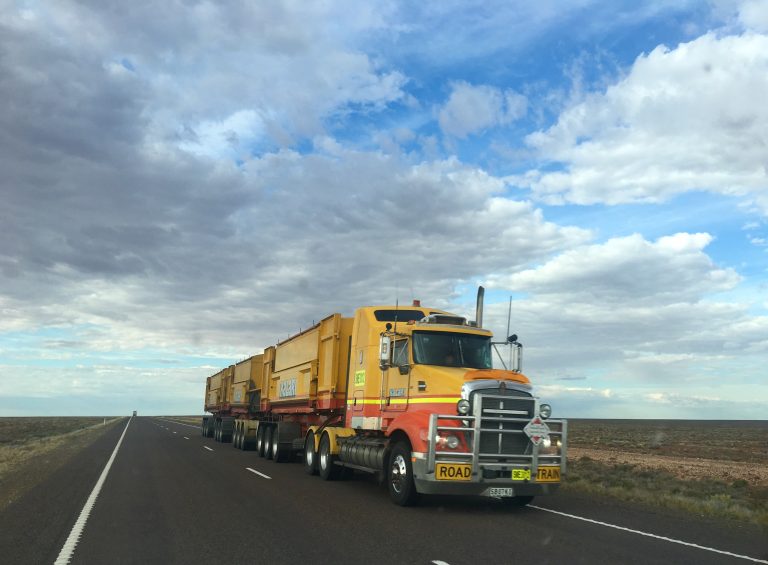Introduction to Installation and Maintenance of GPS Trailer Tracking Systems
Implementing GPS trailer tracking technology is a significant step towards enhancing fleet management. However, the effectiveness of these systems greatly depends on proper installation and regular maintenance. This guide provides essential insights into installing and maintaining GPS trailer tracking systems, ensuring they function optimally and deliver the expected benefits.
Step-by-Step Installation Guide
Wired GPS Trackers
- Selecting the Installation Site: Choose a discreet yet accessible location on the trailer for the tracker.
- Connecting to Power Source: Wire the tracker to the trailer’s power system, ensuring a stable connection.
- Securing the Device: Properly secure the device to prevent tampering or damage.
Battery-Powered GPS Trackers
- Choosing the Location: Find a spot that maximizes signal transmission but remains concealed.
- Installing the Battery: Insert the battery, ensuring it’s fully charged and correctly placed.
- Mounting the Tracker: Use durable mounting hardware or strong adhesive materials to attach the tracker.
Solar-Powered GPS Trackers
- Sunlight Exposure: Install the tracker in a position where it receives ample sunlight for efficient charging.
- Attaching the Device: Secure the tracker firmly, considering both exposure to sunlight and protection from environmental elements.
- Testing: Ensure the tracker is charging correctly and transmitting data.
Maintenance Tips for GPS Trackers
Regular maintenance is key to ensuring the longevity and effectiveness of your GPS trailer tracking system.
Wired Trackers
- Regular Power Checks: Ensure the connection to the power source remains intact and stable.
- Inspection of Wires: Check for any signs of wear and tear or damage to the wires.
Battery-Powered Trackers
- Battery Life Monitoring: Regularly check and replace batteries as needed.
- Device Inspection: Look for physical damage or issues with the mounting.
Solar-Powered Trackers
- Panel Cleaning: Keep solar panels clean for optimal charging.
- Battery and Charge Checks: Monitor battery health and charging efficiency.
Troubleshooting Common Issues
Signal Issues
- Check Installation: Ensure the tracker is correctly installed and positioned for optimal signal transmission.
- Environment Factors: Consider environmental factors that might be obstructing the signal.
Power Problems
- Battery-Powered Units: Test and replace batteries if necessary.
- Wired Trackers: Inspect wiring connections and the power source for faults.
Data Transmission Issues
- Connectivity Check: Verify network connectivity and signal strength.
- Software Updates: Ensure the tracker’s software is up to date.
Conclusion
The successful implementation of a GPS trailer tracking system goes beyond just choosing the right device. Proper installation and regular maintenance are crucial to ensure that the system functions efficiently and provides reliable data for fleet management. By following these guidelines, businesses can maximize the benefits of their GPS tracking investment.
FAQs
- Do I need professional help to install GPS trackers?
While battery and solar-powered trackers are generally user-friendly, professional installation is recommended for wired trackers. - How often should I perform maintenance checks?
Regular checks, ideally every few months, are recommended to ensure optimal performance. - What should I do if my GPS tracker stops working?
Start with basic troubleshooting steps mentioned above. If the issue persists, contact the manufacturer or a professional technician.







